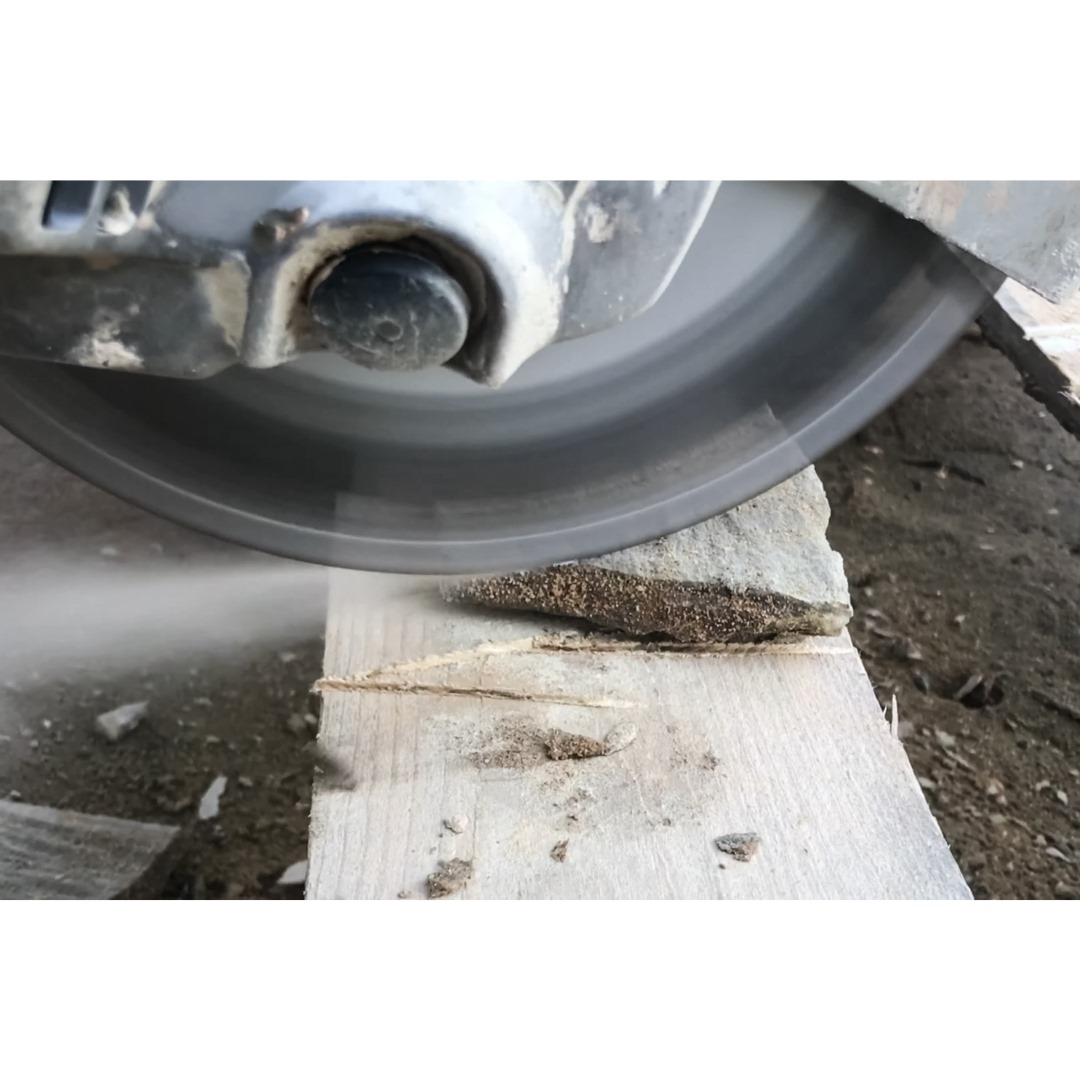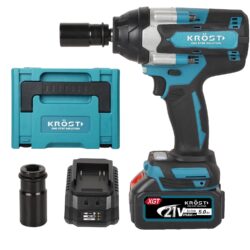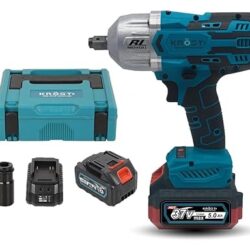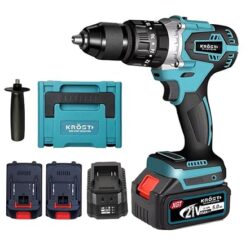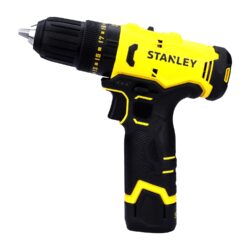Types and Uses of Cutters
Have you ever been in a situation where you need to cut something open, but your regular cutter won’t? It doesn’t help that you can use different cutters to cut various materials. Not all materials are the same, so they need other tools to cut through them. In this blog, we will explore the different types of cutters and their general specifications and discuss their uses and advantages.
Annular Cutter
What Is It?
An annular cutter is a cutting tool used to create holes in metal, similar to a holesaw for wood.
General Specifications
- Made from high-speed steel (HSS) or carbide
- Diameter range: 12 mm to 150 mm
- Cutting depth: up to 75 mm
- Shank types: Weldon shank, Quick-in shank
Uses
- Creating precise holes in structural steel, pipes, and other metals
- Used in fabrication, construction, and engineering industries
Advantages
- Faster and more efficient than twist drills
- Produces cleaner, burr-free holes
- Less material waste and lower power consumption
Pipe Cutter
What Is It?
A tool used for cutting pipes made from materials such as PVC, copper, and steel.
General Specifications
- Types: Ratchet, wheel, or rotary cutter
- Cutting capacity: varies depending on the type, typically up to 50 mm for handheld versions.
Uses
- Cutting plumbing pipes to desired lengths
- Used by plumbers and in HVAC installations
Advantages
- Provides clean, precise cuts
- Easy to use and often faster than using a saw
- Reduces the risk of pipe deformation
Glass Cutter
What Is It?
A tool used for scoring and cutting glass.
General Specifications
- Carbide or diamond-tipped wheel
- Handle for applying pressure
- Oil reservoir in some models for lubrication
Uses
- Cutting glass sheets to size for windows, mirrors, and other applications
Advantages
- Allows for precise cuts on glass
- Easy to use with a smooth scoring wheel
- Reduces the risk of glass breakage during cutting
Wire Cutter
What Is It?
A tool used for cutting wire of various materials and gauges.
General Specifications
- Types: Diagonal, side cutters, and flush cutters
- Cutting capacity: varies by type, typically up to 10 gauge wire
Uses
- Cutting electrical wire, cables, and small metal rods
- Used in electrical work, jewellery making, and crafts
Advantages
- Provides clean, precise cuts without fraying
- Ergonomic handles for comfortable use
- Some models include insulation for electrical work
Bolt Cutter
What Is It?
A tool designed for cutting through heavy metal objects like bolts, chains, and padlocks.
General Specifications
- Long handles for leverage
- Cutting capacity: up to 10 mm diameter steel
- Blade material: hardened steel
Uses
- Cutting bolts, padlocks, chains, and rebar
- Used in construction, emergency services, and by locksmiths
Advantages
- High-cutting power with minimal effort
- Durable and capable of cutting through rigid materials
- Various sizes are available for different applications
Handsaw
What Is It?
A manual saw is used for cutting wood and other materials.
General Specifications
- Types: Crosscut, rip, and panel saws
- Blade length: typically 20 to 26 inches
- Teeth per inch (TPI): varies based on the type of saw
Uses
- Cutting wood in carpentry and woodworking projects
- Suitable for DIY and professional use
Advantages
- Versatile and easy to use
- No power source required
- Provides clean cuts with the correct technique
Hacksaw
What Is It?
A saw with a fine-toothed blade used for cutting metal and plastic.
General Specifications
- Frame: adjustable or fixed
- Blade length: typically 10 to 12 inches
- TPI: varies from 14 to 32 TPI
Uses
- Cutting metal pipes, rods, and profiles
- Cutting plastic pipes and other materials
Advantages
- Versatile and portable
- Blades are easily replaceable
- Provides precise cuts on a variety of materials
Holesaw
What Is It?
A saw blade with a ring shape is used for cutting large-diameter holes in various materials.
General Specifications
- Diameter range: 14 mm to 210 mm
- Material: HSS, carbide-tipped, or bi-metal
- Cutting depth: varies by model
Uses
- Drilling holes for plumbing, electrical installations, and door hardware
- Used in woodworking, construction, and DIY projects
Advantages
- Creates prominent, clean holes with minimal effort
- Interchangeable arbor for different sizes
- Efficient cutting with less material waste
Cutter Knife
What Is It?
A utility knife with a retractable blade is used for cutting various materials.
General Specifications
- Blade types: snap-off, fixed, or retractable
- Blade material: high-carbon steel or stainless steel
- Handle: plastic or metal with an ergonomic design
Uses
- Cutting cardboard, plastic, leather, and other materials
- Used in crafting, packaging, and general utility tasks
Advantages
- Versatile and easy to use
- Replaceable blades
- Safe storage with a retractable feature
Wrap Cutter
What Is It?
A tool used to cut stretch film and other wrapping materials.
General Specifications
- Small, handheld tool
- Blade: stainless steel or carbon steel
- Handle: ergonomic design for ease of use
Uses
- Cutting stretch wrap, shrink wrap, and other packaging materials
- Used in warehouses, packaging, and shipping
Advantages
- Provides clean, straight cuts
- Safe and easy to handle
- Reduces the risk of injury compared to using knives
Milling Cutter
What Is It?
A rotary tool used in milling machines for machining metal, wood, and other materials.
General Specifications
- Types: end mills, face mills, ball noses, etc.
- Material: carbide, HSS, or cobalt
- Sizes: various diameters and lengths
Uses
- Machining parts with precision in milling operations
- Creating slots, pockets, and contours in materials
Advantages
- High precision and efficiency
- Wide range of shapes and sizes for different applications
- Durable and capable of handling rigid materials
Hand Axe
What Is It?
A small, handheld axe used for chopping wood and other materials.
General Specifications
- Blade material: carbon steel or stainless steel
- Handle: wood, fibreglass, or metal
- Weight: typically 1 to 3 pounds
Uses
- Chopping wood, splitting kindling, and general outdoor tasks
- Used in camping, woodworking, and survival situations
Advantages
- Portable and easy to handle
- Provides efficient chopping power
- Durable and long-lasting
TCT Blade
What Is It?
A blade with Tungsten Carbide Tips (TCT) cuts various materials.
General Specifications
- Blade diameter: varies, commonly 150 mm to 350 mm
- Teeth: carbide-tipped for durability
- Types: circular saw blades, router bits, etc.
Uses
- Cutting wood, metal, plastic, and composites
- Used in saws, routers, and other power tools
Advantages
- Long-lasting and stays sharp longer
- Provides clean, precise cuts
- Suitable for a wide range of materials
Conclusion
In conclusion, you need to understand your need and recognise the type of cutter you need. It is essential that you use the correct kind of cutter based on what you are cutting through as using something to do what it is not meant to might end up in an injury.


